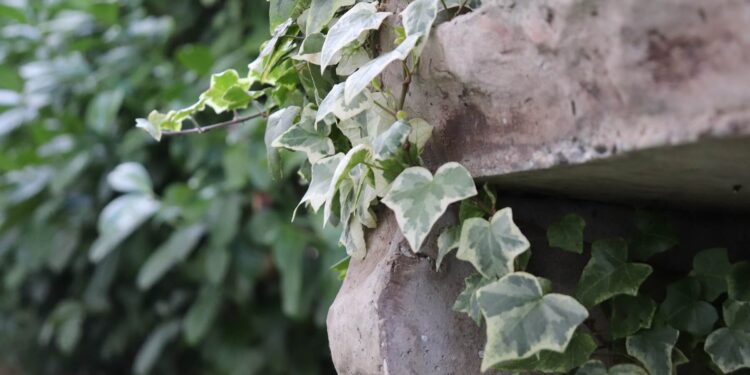It’s pretty, it would look great in your garden, and since your local garden center carries it, there’s no way it’s a destructive invasive species, right?
Not necessarily. According to Epic Gardening, while garden centers are mostly knowledgeable about the plants that they sell and most don’t carry invasive species, destructive plants slip through the cracks all the time, and can wind up in your garden.
If you’re thinking about adding one of these commonly available plants to your garden, ask a reputable garden center about a better native option. If you already have it in your landscaping, consider digging it up and replacing it with something that will support local flora and fauna.
* Chinese wisteria: Popular for its purple flowers, but can kill trees and displace native species.
* English ivy: Can climb and kill trees or cover the ground and suffocate native plants. It’s worth noting that the British naturalists, who work where buildings and trees are covered with ivy, defend it, saying it doesn’t kill trees or harm buildings. But the ivy should be cut before it reaches a tree’s canopy, they say.
* Japanese honeysuckle: This plant has almost no natural enemies and can kill shrubs and young trees by girding.
* Privets: This shrub can invade woodlands and forests.
* Burning bush: The leaves are beautiful, but this shrub invades prairies and woodlands.
* Callery/Bradford pear: This small tree invades prairies and woodlands.
* Common periwinkle: Periwinkle grows in dense patches and can smother native species.
* Sweet autumn clematis: With its profusion of white flowers, this species can grow over native plants and block sunlight.
Image by v-a-n-3-ss-a


